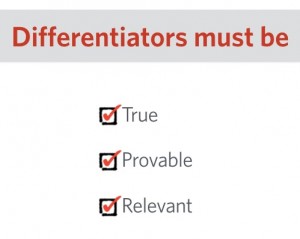Leaders, here’s a question for you: When was the last time you checked in on one of your employees?
It’s not a trick question. I’m asking because, in an increasingly dispersed work environment—with more and more teams including remote employees—it’s more critical than ever for you to be intentional in connecting with your team members.
The concept of the huddle has a surprisingly rich history. It emerged from a practice called Management by Wandering Around—something that may sound aimless or even silly, but in reality is anything but. The best-known proponent of this management style was none other than Steve Jobs, who would often make rounds throughout the Apple offices to answer customer calls, involve himself in customer service e-mails, and just generally keep his finger on the pulse of what was going on.
This may have been random, but it was not purposeless; Jobs used this approach to stay involved with the nitty gritty, everyday stuff his team was doing—not just taking a broad view, but actually rolling up his sleeves and immersing himself in the specifics of what his team was up to. This gave him incomparable leadership perspective, and it’s not surprising that many other leaders have adopted the same philosophy.
But how do you practice this kind of “wandering around” management style when your employees aren’t necessarily in the same room or even the same building? That’s where the concept of the weekly huddle emerged. The purpose is much the same, but the specifics are different: Rather than being random, you have to be really structured, making an effort to connect with each team member at least once a week, ideally at the same time each week.
And of course, you won’t always do this in person. Most of the time, you’ll do it via Skype, e-mail, an employee survey, or the good ol’ cell phone!
As you huddle with employees, make sure you have a sense of structure in place. It’s fine to ask So how are things going?, but that shouldn’t be your only question. Don’t keep it so open-ended. Ask for specific feedback, keep your employee up to date on the company mission and goals, be candid about any current or expected obstacles, and offer your feedback on the employee. None of this has to be in-depth—again, this is a weekly huddle, not an annual performance review—but it’s always good to provide some acknowledgment, and just to immerse yourself in what your team members are doing.
It’s a practice that I recommend starting today!
Business & Finance Articles on Business 2 Community(26)








